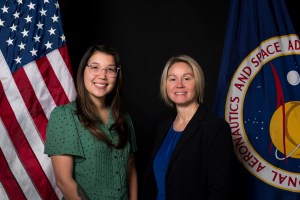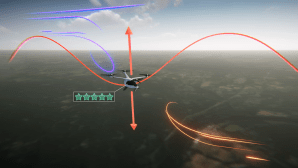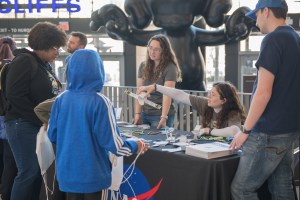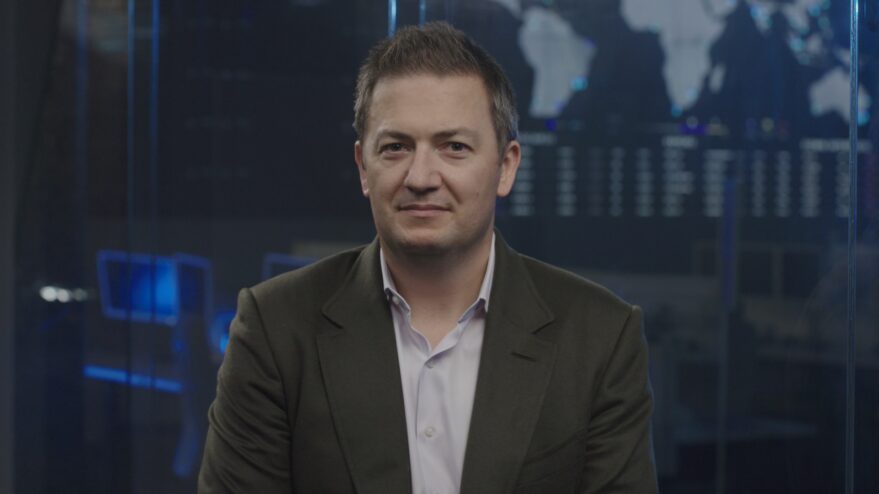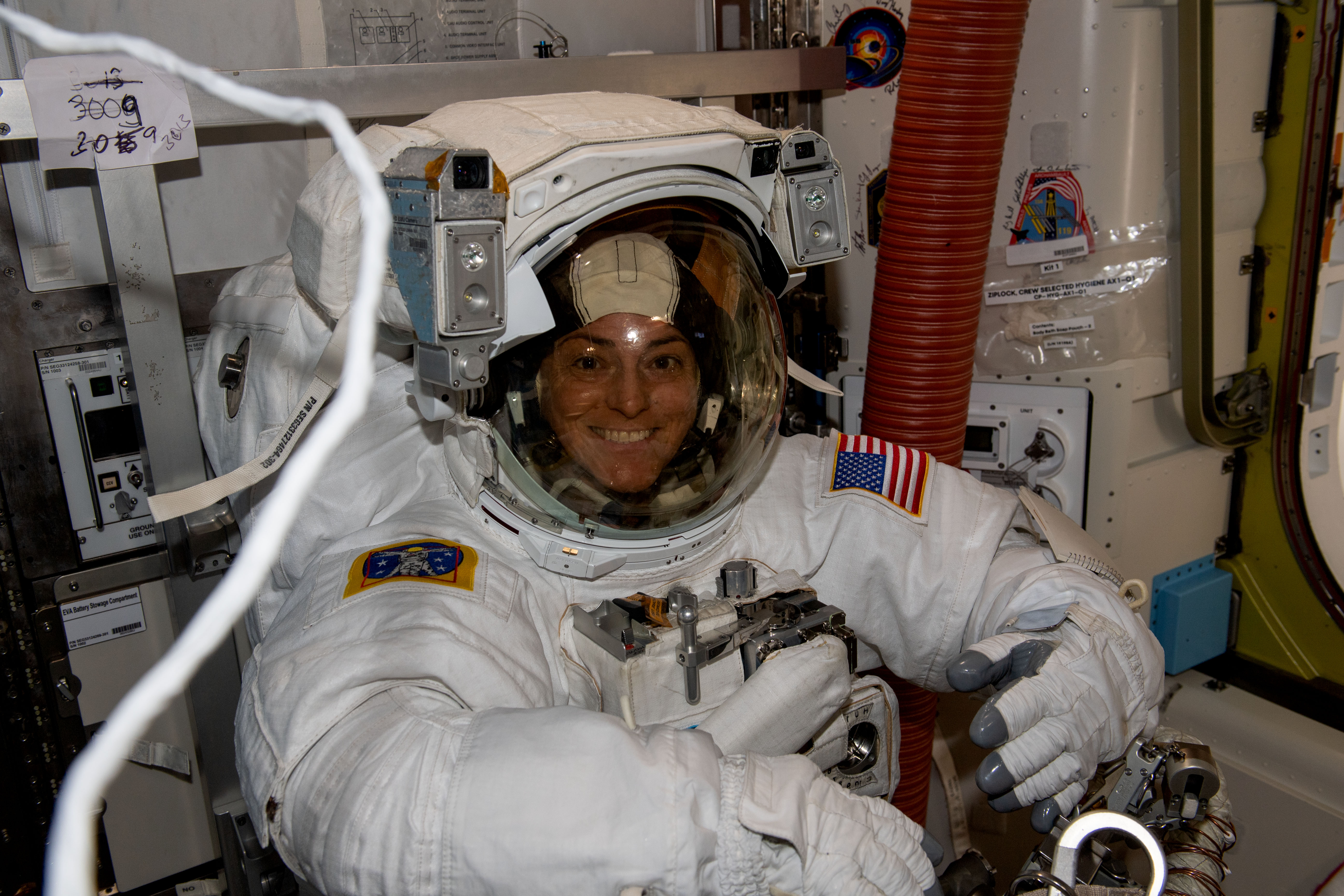Indigenous Student Brings Skills, Perspective to NASA Internship
On hot, summer days when Alyssa Warrior was growing up, she spent her time outside by her home on the Seneca Nation Cattaraugus Reservation near Buffalo, New York. She lay in the creek to escape the boiling sun, ran through the woods with her sister and five brothers, picked raspberries and wild onions, and lounged […]
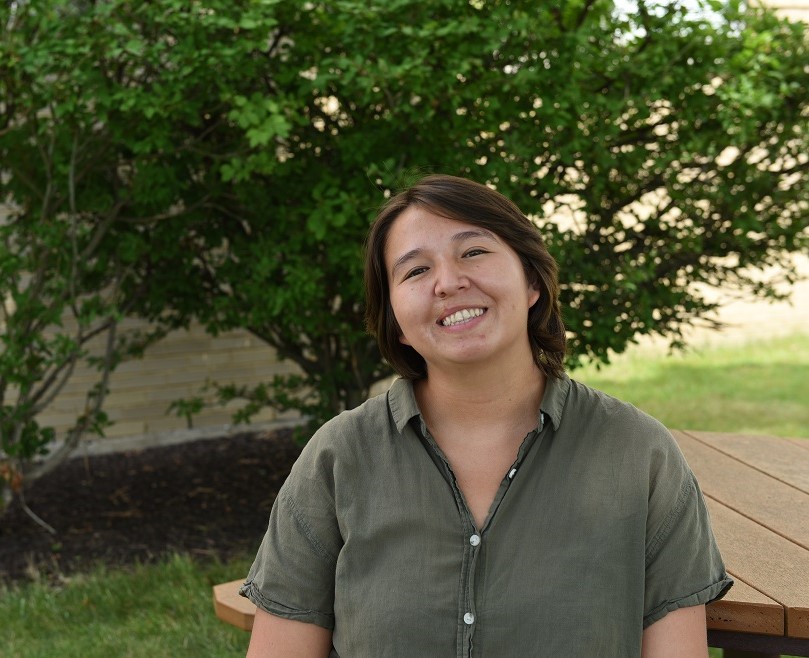
5 min read
Indigenous Student Brings Skills, Perspective to NASA Internship
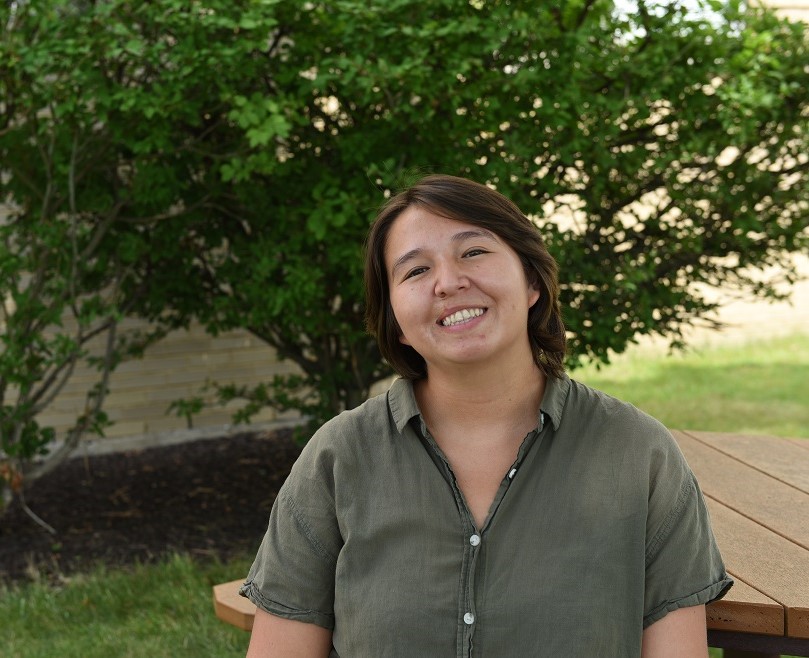
On hot, summer days when Alyssa Warrior was growing up, she spent her time outside by her home on the Seneca Nation Cattaraugus Reservation near Buffalo, New York. She lay in the creek to escape the boiling sun, ran through the woods with her sister and five brothers, picked raspberries and wild onions, and lounged in a hammock.
When night came, her father started a fire and told scary stories while hot dogs and s’mores sizzled. Her family sunk down in lawn chairs after the fire turned to ash and gazed up, searching for lights in the sky.
“Looking at stars was always my favorite thing,” Warrior said. “I think I’ve always been interested in the natural world.”
With a blanket wrapped around her, Warrior walked barefoot in the dewy grass, staying out long after her family retreated inside. Other nights, she lay with her face pressed against the sliding glass door in her living room, hoping to catch just one more glimpse of the sky.
“I was always like, ‘One more, just one more shooting star,’’ Warrior said. “I just couldn’t stop. I loved to see them.”
In summer 2023, Warrior – now a physics senior at the University at Buffalo – interned at NASA’s Glenn Research Center in Cleveland, where she used software to validate and verify a model of a control system that could be used in future hybrid-electric aircraft. Adjusting the model and combing over code for hours to make improvements reminded Warrior of her skywatching memories.
“At one point, I needed to stop,” Warrior said. “But I’d be thinking, well, maybe I’ll just make one more adjustment and that’ll help.”
Warrior, who is Onödowá’ga’(Seneca) and belongs to the Haudenosaunee Confederacy, never expected to come to NASA. But after attending an American Indian Science and Engineering Society (AISES) conference and meeting Glenn engineer Joseph Connolly, she was recruited as an intern.
Outreach is integral to bringing more Indigenous people to NASA, says Connolly, who shares Warrior’s Haudenosaunee background and has mentored a handful of other Indigenous interns during his 19 years at Glenn.
“I think one of the reasons that it’s really important to get more Indigenous people at NASA, and just people with different perspectives, is because the problems that we work on are ridiculously hard,” Connolly said. “If we have all of the smartest people, but they get trained the exact same way, sometimes you just don’t have the insights that can give you the ability to look at problems in a new way.”
Building connections with fellow Indigenous employees is another way to help inspire the next generation, Connolly says, and Warrior connected with many through an online Natives at NASA group.
“It’s been really great to see other Native people working here at NASA – people that looks like me or look like my family – because it’s not something I see or that I’m used to,” Warrior said. “Everyone I’ve met has held some sort of information or knowledge that has improved my time here and will improve my future.”
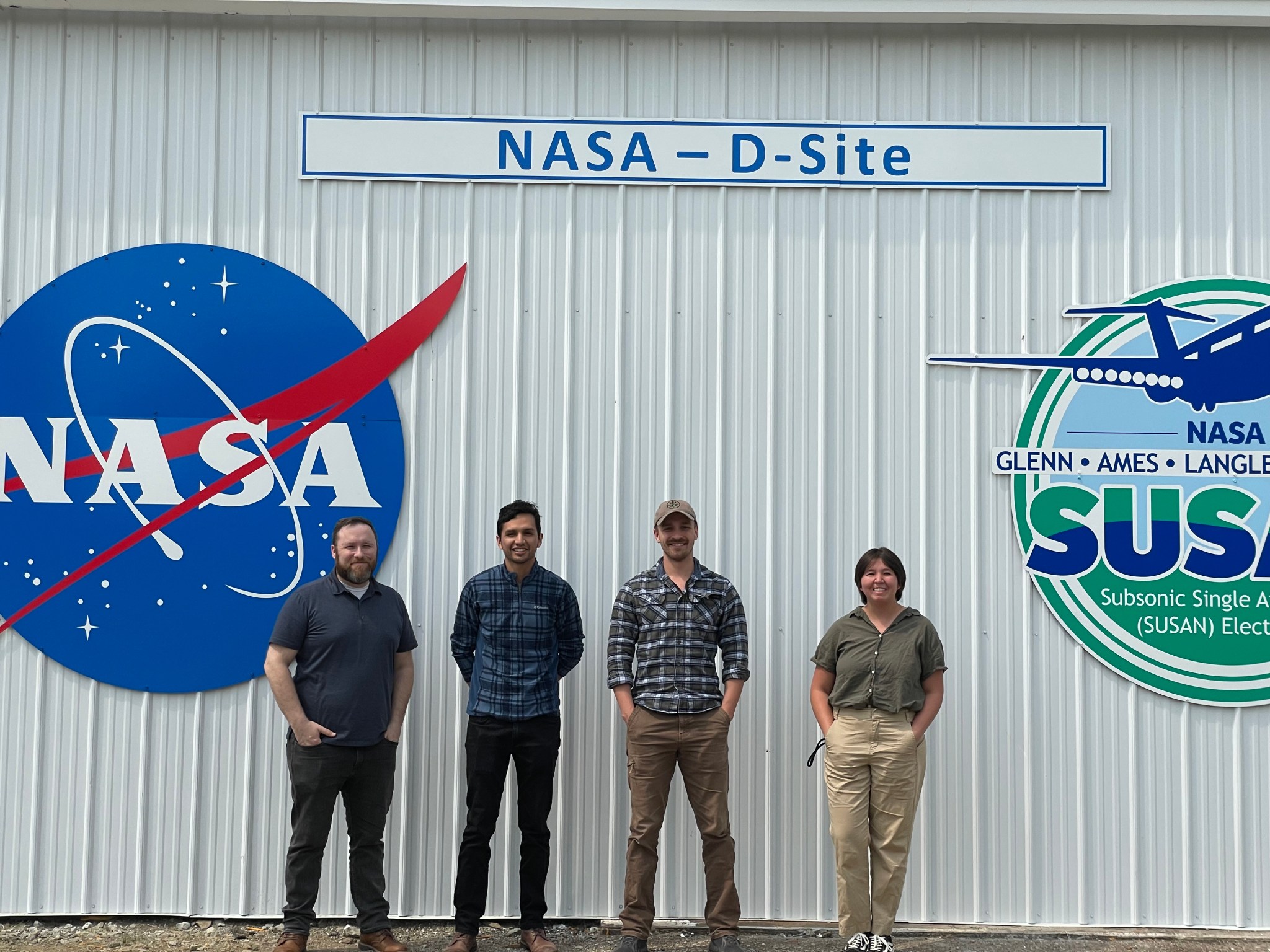
Warrior sees a clear connection between Indigenous people and the STEM fields.
“I think a lot of Native people specifically are connected with nature and have an interest in learning from it,” she said. “I think that’s its own science.”
In addition, working on hybrid-electric aircraft and sustainability aligned with Warrior’s cultural values, she said.
“Within Native communities, that is very important,” Warrior said. “It’s not always just trying to go to space, it’s also just trying to improve the planet that we’re on now. “
Besides recruiting and speaking at conferences, NASA Glenn works with Cleveland organizations, like the Lake Erie Native American Council and the Cleveland Metroparks, to support Indigenous Peoples Day events and other gatherings. NASA also supports a high-powered rocket competition for Indigenous students called First Nations Launch. Within the agency, the Science Mission Directorate hosts monthly conversations with Indigenous scholars.
“It’s incredibly important to make sure that Alyssa and some of the other students see that these communities exist, because when I was getting started [in STEM], I had no idea they did,” Connolly said.
Along with continuing outreach, Warrior suggests that those at NASA and others seeking to connect with Indigenous people learn about Indigenous heritage and history.
“Those are all really important things to know before even trying to open your arms up to Native people because then you‘re aware of where they’re coming from and certain struggles that they face,” Warrior said. “That makes it easier to reach out.”
Warrior says she is proud to have been an intern at NASA and hopes she’ll inspire younger Indigenous people, like her nieces and nephews, to reach for the stars. She knows she’ll continue to draw on the lessons of the natural world as she pursues a future STEM career.
“It’s always with me, this mindset and maybe looking at things a little differently. I feel more comfortable outside, seeing green,” Warrior said. “I think it’s definitely affected who I am today. I’ve got to put my feet in the grass sometimes.”




















